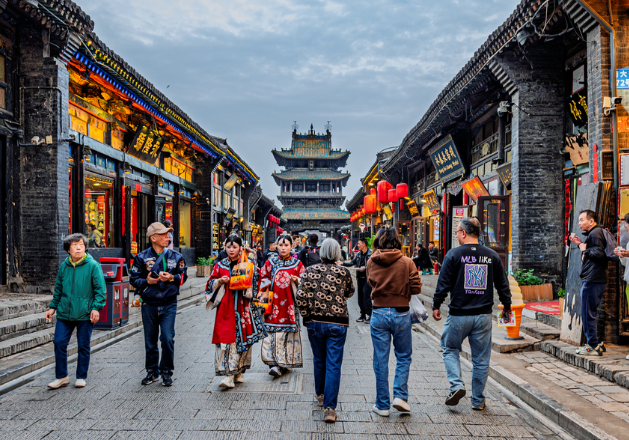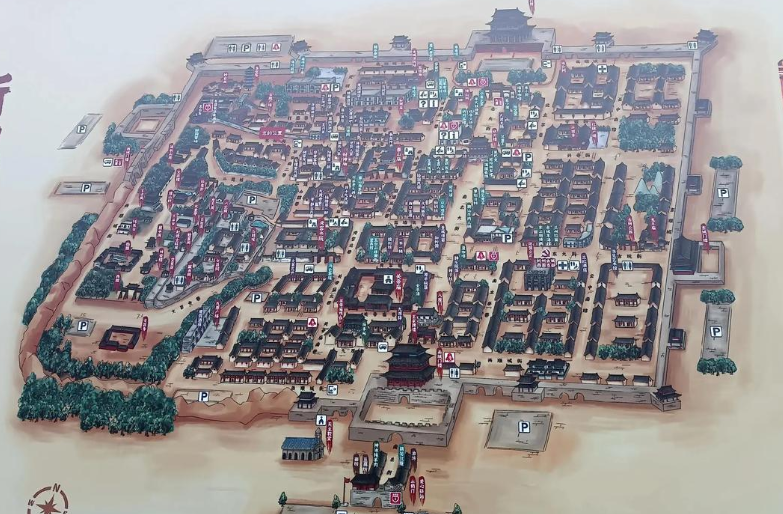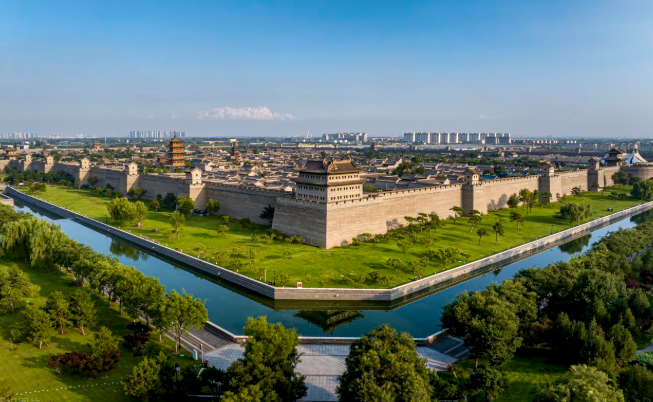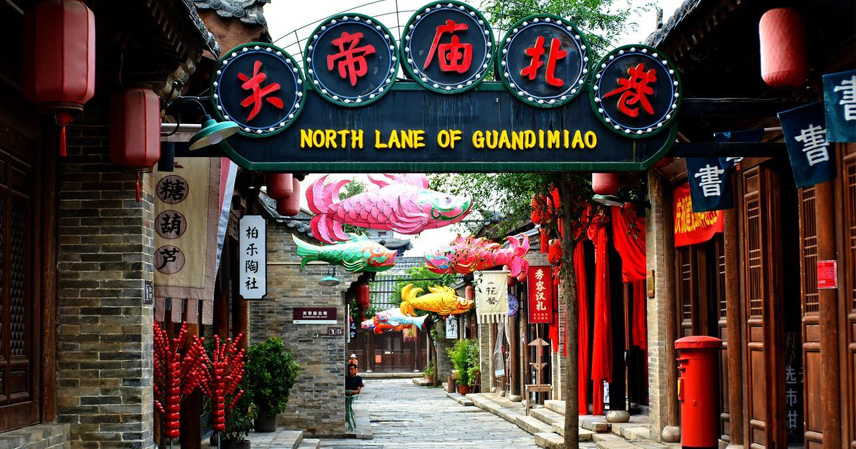As autumn 2025 unfolds, competition among Shanxi’s ancient towns for cultural tourism and street food scenes is intensifying. Following Taiyuan’s Qingxu Three Kingdoms City’s rebranding to Guan Di City with a focus on leisure dining, Yuxi Old City in Jinzhong is accelerating its shift to culinary tourism. Drawing inspiration from Xinzhou Ancient City’s affordable snacks, Yuxi has eliminated entry fees and free parking to attract visitors.
This has sparked a fierce rivalry among four ancient towns in central Shanxi’s limited space: Xinzhou, Jinyuan, Qingxu, and Yuxi, creating a homogenized competitive landscape.

Xinzhou Ancient City, managed by Shaanxi’s Yuanjia Village team, draws crowds with its budget-friendly snacks, free parking, and no tickets, surpassing China’s ancient capital Datong Ancient City and UNESCO-listed Pingyao Ancient City in visitor numbers and reputation.
Yuxi Old City, Shanxi’s earliest urban ancient town scenic area, struggled with high ticket prices that deterred local shoppers and failed to boost business. After a brief boom, it fell into decline. Despite its prime location in Jinzhong’s urban center, close to university students and potential consumers, the steep fees kept locals away.
The launch of intercity buses from Xinzhou Ancient City to Taiyuan South Station has funneled Taiyuan and Yuxi university students to Xinzhou for tourism and food.

Starting in September, Yuxi Old City scrapped tickets, offered free parking, waived rent for merchants on Nanda Street, and introduced signature snacks from northern, central, and southern Shanxi. With the slogan “Yi Ran in Jinzhong: Taste All of Shanxi,” it aims to rival Xinzhou’s menu—from Datong’s lamb shaomai and rabbit heads to central Shanxi’s brain soup, meatballs, knife-cut noodles, beef, zhan pian, and stuffed sausages, and southern Shanxi’s beef ball noodles, flower steamed buns, big plate chicken, and donkey meat pancakes. Though similar to Xinzhou’s offerings, Yuxi benefits from Taiyuan’s southward urban expansion, university relocations to Yuxi, and booming development zones with factories.
Meanwhile, Taiyuan Ancient County City, a massive investment in demolition and rebuilding on Jinyuan’s ancient town base, has underperformed. Far from the city center, with poor public transport and sparse local industry and residents, its vast scale and numerous shops remain quiet. Holiday lantern festivals charge fees, parking isn’t free, and high service prices lack unique appeal. Though packed with folk guesthouses, the exodus of original residents to the outskirts turned it into a sterile mall, stripping away the lively street vibe and leaving alleys eerily empty. Facing the rise of Xinzhou and Yuxi, it must rethink operations urgently.
Under the guidance of Shanxi Cuisine Association’s Shanxi Guild Hall, Qingxu’s dilapidated Three Kingdoms City was revamped into Guan Di City, introducing leisure dining to revive the site.

Qingxu’s location, distant from Taiyuan’s center, relies on local residents, workers from factories like Taihua, Shuangxi Tires, and Iron Foundry Coking Plant, and students from relocated vocational schools. Limited to buses without metro access, it faces transport hurdles. Sandwiched between Taiyuan Ancient County City and Yuxi Old City, Qingxu must innovate or fall behind.
Shanxi’s ancient towns are in a race to blend history with modern tourism, emphasizing affordable, authentic experiences. Yuxi’s bold moves signal a shift toward culinary-driven revival, challenging rivals to adapt or fade.



